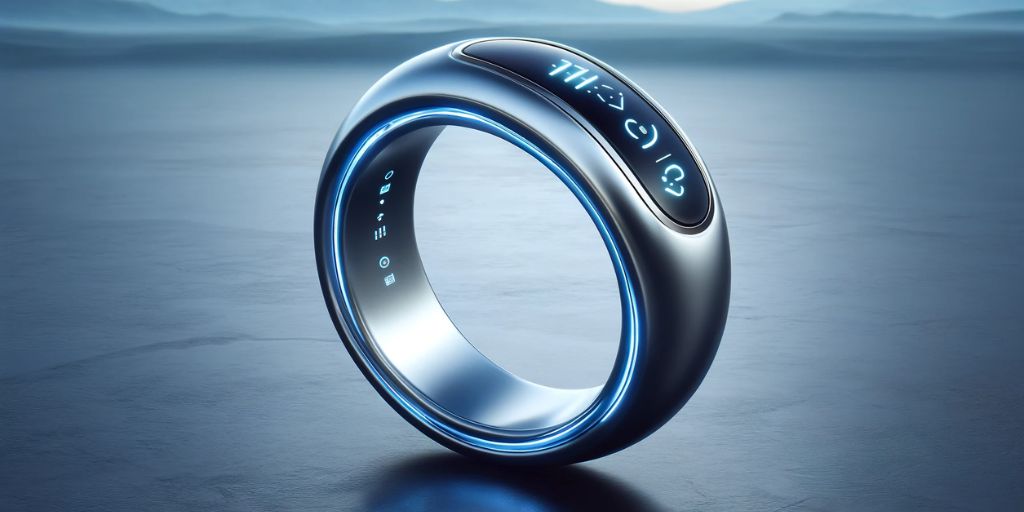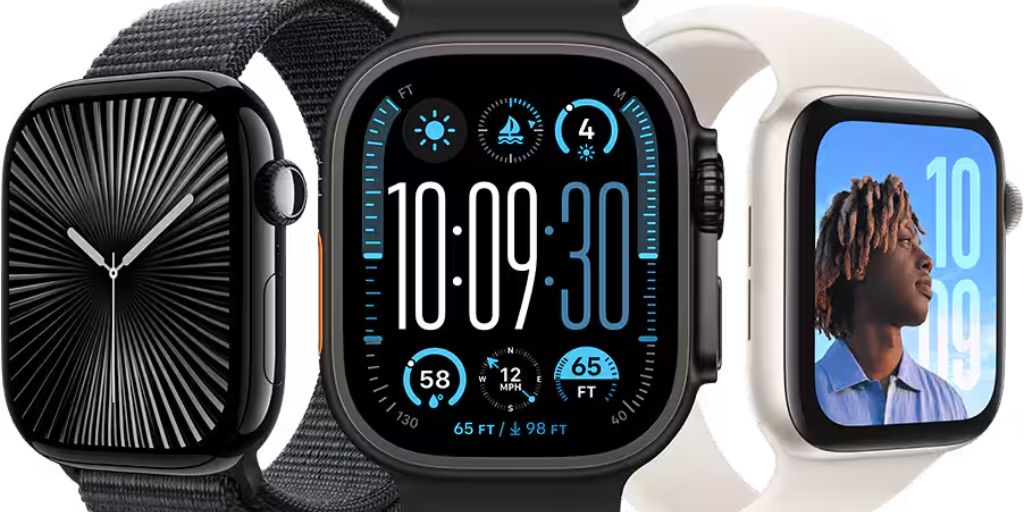Wearable technology has evolved rapidly over the past decade, transforming from simple fitness trackers to sophisticated health monitoring devices.
Today, wearable tech is playing a pivotal role in revolutionizing healthcare by improving patient outcomes, enabling early diagnosis, and promoting preventive care. This article explores how wearable devices are reshaping healthcare and what this means for patients, providers, and the industry as a whole.
The Rise of Wearable Technology in Healthcare
Wearables began primarily as consumer gadgets — wristbands that tracked steps or monitored sleep patterns. However, advances in sensor technology, miniaturization, and wireless connectivity have expanded their capabilities dramatically. Modern wearables can continuously track vital signs such as heart rate, blood oxygen levels, and even detect irregular heart rhythms like atrial fibrillation.
Healthcare providers are increasingly incorporating wearable data into clinical decision-making, recognizing the potential for continuous, real-world patient monitoring outside hospital settings. This shift enables a more proactive approach to healthcare rather than reactive treatment after symptoms appear.
Key Ways Wearables Are Changing Healthcare
1. Continuous Health Monitoring
One of the biggest advantages of wearable devices is their ability to provide continuous, real-time monitoring of a patient’s health metrics. Unlike traditional health checkups that provide snapshots, wearables offer ongoing data streams that can detect subtle changes over time.
For example, smartwatches with ECG functionality can alert users and doctors to irregular heart rhythms, potentially preventing strokes. Similarly, continuous glucose monitors for diabetics track blood sugar levels in real time, reducing the need for finger-prick tests and helping patients maintain better control.
2. Empowering Patients for Preventive Care
Wearable technology encourages individuals to take a more active role in their health. By providing insights into daily activity, sleep quality, and heart health, wearables motivate healthier lifestyle choices.
Many devices offer personalized feedback and reminders to promote exercise, stress management, and medication adherence. This empowerment leads to earlier interventions, reducing the risk of chronic disease progression and hospitalizations.
3. Remote Patient Monitoring and Telehealth Integration
Wearables are integral to the growing field of telehealth and remote patient monitoring (RPM). Patients with chronic conditions can be monitored from home, reducing the need for frequent office visits.
Healthcare providers receive alerts when readings fall outside normal ranges, enabling timely interventions. This remote care model is especially valuable for elderly patients or those with mobility challenges, improving access and reducing healthcare costs.
4. Data-Driven Personalized Medicine
The vast amount of data collected by wearables fuels personalized medicine approaches. By analyzing individual health patterns, clinicians can tailor treatment plans specific to each patient’s needs.
For example, wearable data can help optimize medication dosages or customize rehabilitation programs based on real-time feedback. Over time, this data also contributes to medical research, improving disease understanding and treatment development.
5. Early Detection and Diagnosis
Wearables equipped with advanced sensors and AI algorithms can detect early signs of diseases before symptoms manifest. For instance, some devices analyze heart rate variability to predict stress levels or detect atrial fibrillation, a common cause of stroke.
Early diagnosis through wearables can lead to timely medical evaluation and treatment, improving prognosis and reducing complications.

Challenges and Considerations
While wearable technology offers tremendous potential, it also presents challenges:
-
Data Privacy and Security: Protecting sensitive health information collected by wearables is critical. Strong encryption, compliance with healthcare regulations like HIPAA, and transparent data policies are essential.
-
Accuracy and Reliability: Medical-grade accuracy is vital for clinical use. Not all consumer wearables meet these standards, and false positives or negatives can cause anxiety or missed diagnoses.
-
Integration with Healthcare Systems: Seamless data sharing between wearables and electronic health records (EHRs) remains a technical hurdle. Interoperability standards are evolving but not yet universally adopted.
-
User Adoption and Equity: Not everyone has access to or comfort with wearable technology. Ensuring equitable distribution and education is necessary to prevent widening healthcare disparities.
The Future of Wearable Tech in Healthcare
The future promises even more sophisticated wearables with capabilities like non-invasive blood pressure monitoring, hydration tracking, and mental health assessment through biometrics. Advances in AI and machine learning will further enhance predictive analytics and personalized care.
As 5G networks expand, wearables will become more responsive and capable of handling larger data streams, improving real-time interventions. Additionally, partnerships between tech companies, healthcare providers, and insurers will drive wider adoption and innovation.
Conclusion
Wearable technology is transforming healthcare by providing continuous monitoring, empowering patients, enabling remote care, and supporting personalized medicine. While challenges remain, the integration of wearables into everyday health management has the potential to improve outcomes, reduce costs, and make healthcare more accessible and proactive.
For patients, this means greater control over their health and earlier interventions. For providers, it means richer data to guide treatment decisions. Ultimately, wearable tech is reshaping the healthcare landscape, making it smarter, more connected, and patient-centered.




